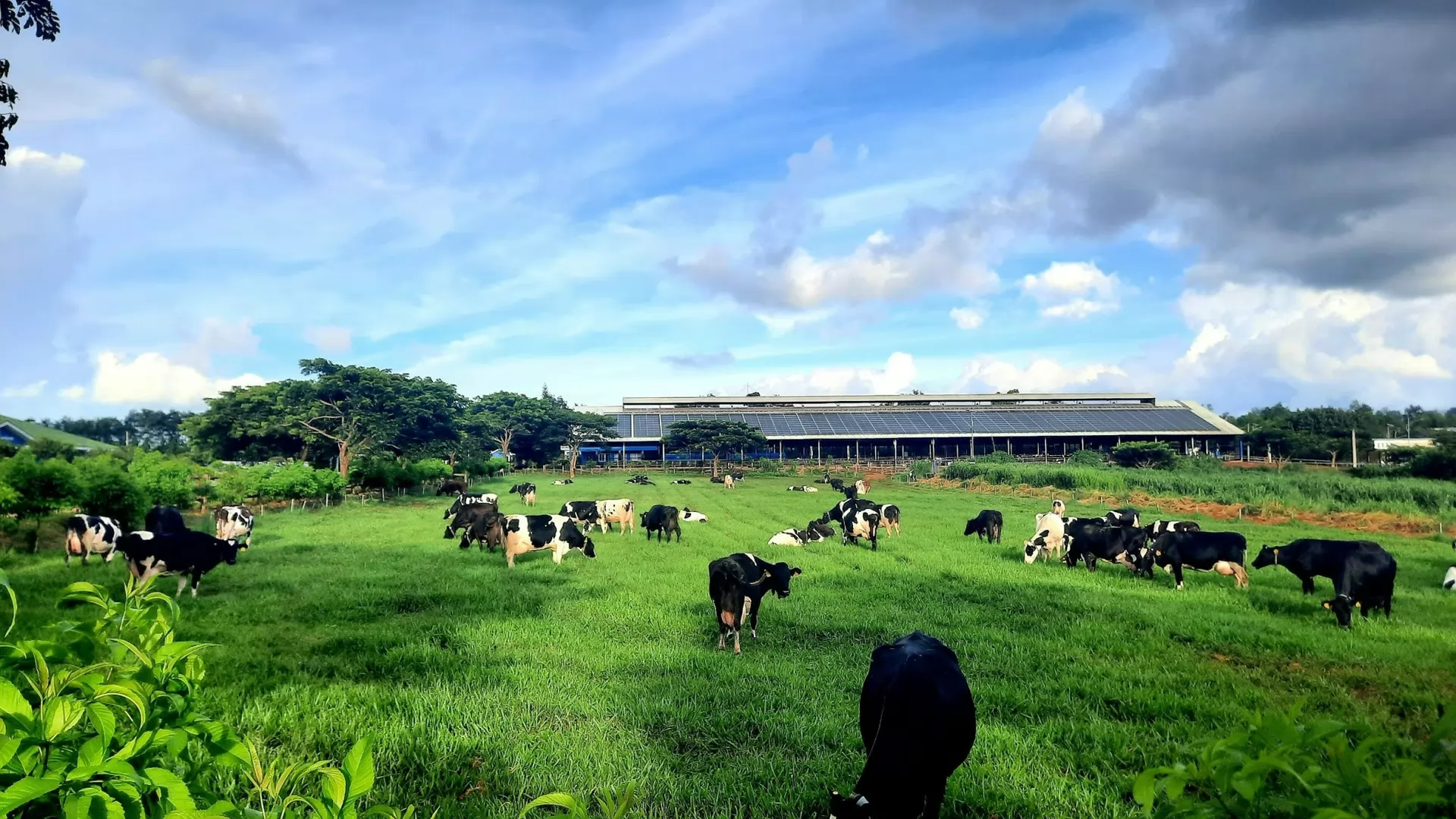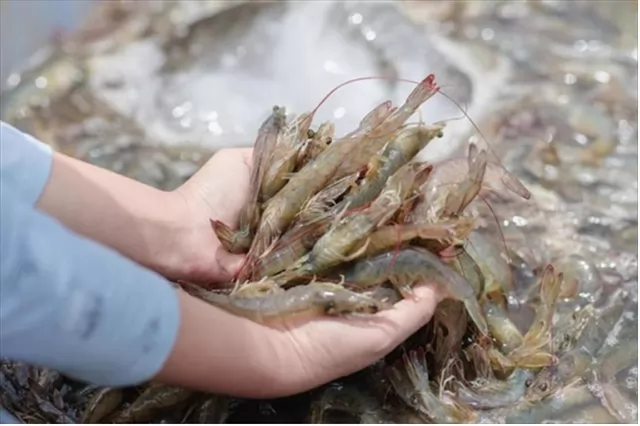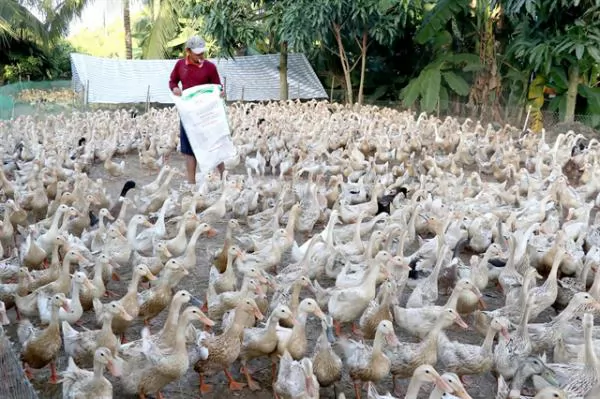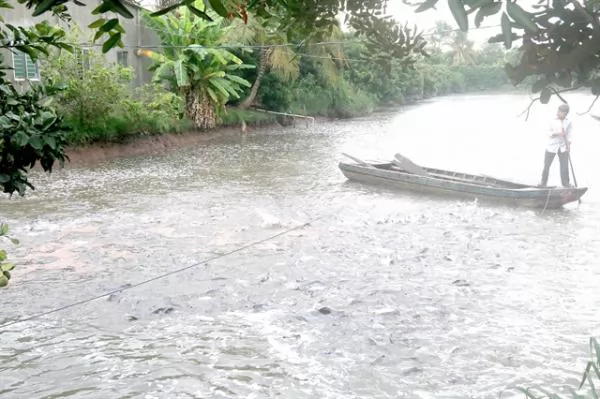The Central Highlands has 87 disease-free livestock facilities

The Central Highlands has many favorable conditions to develop concentrated livestock farming on an industrial scale associated with disease safety. Photo: Hong Tham.
(VAN) Before 2020, the number of disease-free livestock facilities in the Central Highlands was very modest, but there is encouraging progress.
The Central Highlands has a natural area of over 5.46 million hectares, of which about 2.9 million hectares are for cultivation and livestock raising.
With favorable climatic and environmental conditions and rich sources of food materials, the Central Highlands has many advantages for developing concentrated livestock farming on an industrial scale associated with building disease-free livestock areas.
The total herd of livestock and poultry in the Central Highlands provinces has continuously increased over the years. Besides, the Central Highlands has become a bright spot in attracting large livestock enterprises to invest in the past few years.
Currently, the Central Highlands has 87 livestock facilities certified as disease-free, including three pig farms, three beef farms, and four chicken farms. Products from these farms meet export standards and are accredited by the Department of Animal Health.
The remaining 77 disease-free facilities are certified by the provinces' Department of Animal Husbandry and Veterinary Medicine, serving the domestic market.
According to Mr. Vo Quoc Cuong, Deputy Director of the Department of Animal Health Region 5, biosecurity livestock areas help control epidemics and closely monitor vaccination. Dangerous infectious diseases will, therefore, be controlled.
With those benefits, the number of farms registering to build disease-safe livestock facilities in the area is increasing yearly. Before 2020, the number of disease-free facilities in the five Central Highlands provinces was very modest. Compared to the present, livestock farming in Nguyen has had positive changes.
"In the future, if there are reasonable incentive policies, the number of disease-free breeding facilities and areas will increase," Mr. Cuong said.
Another advantage of Central Highlands livestock farming is that epidemics almost only occur in small livestock farms. For example, foot-and-mouth disease only appeared in 1 outbreak in 1 livestock farming household in Gia Lai province; Avian influenza also occurred in only one livestock farming household in Kon Tum province.
Other dangerous infectious diseases are controlled primarily by cyclical conditions.
At Central Highlands, the total herd of livestock and poultry is on an uptrend, of which poultry increases by 8.62% per year and goats by 13.18% per year. These are proof of a premise for the birth of high-added value and competitiveness agro-product lines.

Disease safety will be advantageous if we can build facilities and livestock areas that ensure biosecurity. Photo: Hong Tham.
According to Deputy Minister of MARD Phung Duc Tien, the Central Highlands provinces have great potential to enhance livestock production. However, size and density still need to be higher than other regions.
The Department of Economic Cooperation and Rural Development report states that the country will have 18,340 agricultural cooperatives by the end of 2021, including 1,003 livestock cooperatives, accounting for 5.4 percent of the total. The transfer trend among livestock cooperatives between the deltas, midland, and mountainous areas has been subtle in recent years. Currently, livestock cooperatives in the delta account for 35.3 percent; midlands and the mountainous regions make for 64.7 percent of the total number of livestock cooperatives in the nation.
"The number of livestock cooperatives with effective operation is still low. With advantageous conditions of a large area for cassava and maize production of the five Central Highlands provinces, the growth of livestock cooperatives attaching to the material area is a problem that needs to be handled right now", Deputy Minister Phung Duc Tien highlighted the issue.
According to Mr. Tong Xuan Chinh, Deputy Director of the Department of Livestock Production, the Central Highlands area needs to concentrate more on livestock development investments. The site requires more animal feed mill systems. Therefore, Mr. Chinh noted that if the Central Highlands region wants to orient the development of the high-tech livestock sector, besides developing raw material regions, it is required to create facilities to process entire mixed or concentrated animal feed, etc.
The livestock industry aims to develop standards associated with the green environment, saying no to banned substances. In mid-September, the Department of Livestock Production organized a conference to implement food safety and biosecurity laws in livestock production.
One of the issues of concern is the treatment of livestock wastewater. Previously, the farming practice of most farmers was to utilize livestock waste to fertilize crops directly. This is consistent with the circular economy orientation in livestock farming because livestock wastewater is a valuable organic resource for plants.
Author: Hong Tham
Translated by Tuan Huy
Maybe you are interested

Shrimp industry needs solutions to achieve export target this year
In the beginning of June, shrimp selling prices plummeted by about 40 per cent compared to April. Meanwhile, the cost of shrimp seed and feed increased. Those have caused shrimp farmers in the Mekong Delta to suffer heavy losses.

Đồng Tháp to develop duck breeding
The Cửu Long (Mekong) province of Đồng Tháp is seeking to develop large-scale duck breeding from now to 2025.

Tiền Giang Province develops fresh water aquaculture
The Cửu Long (Mekong) Delta province of Tiền Giang is expanding fresh water aquaculture in upstream localities of the Tiền River.





